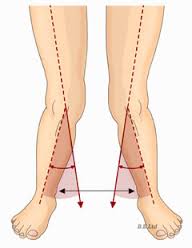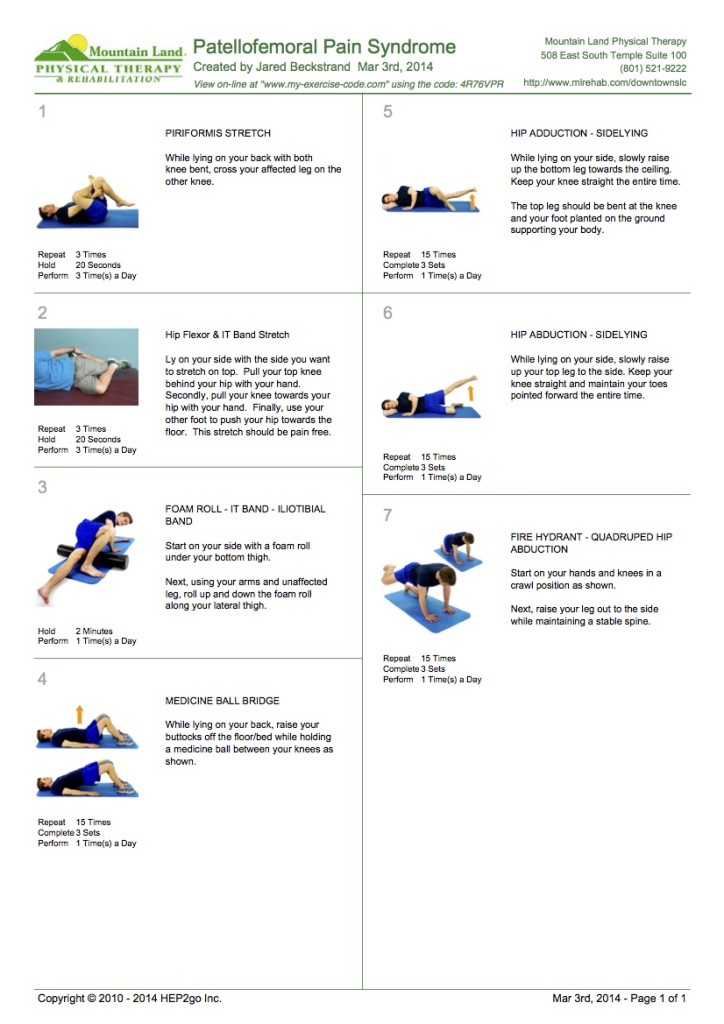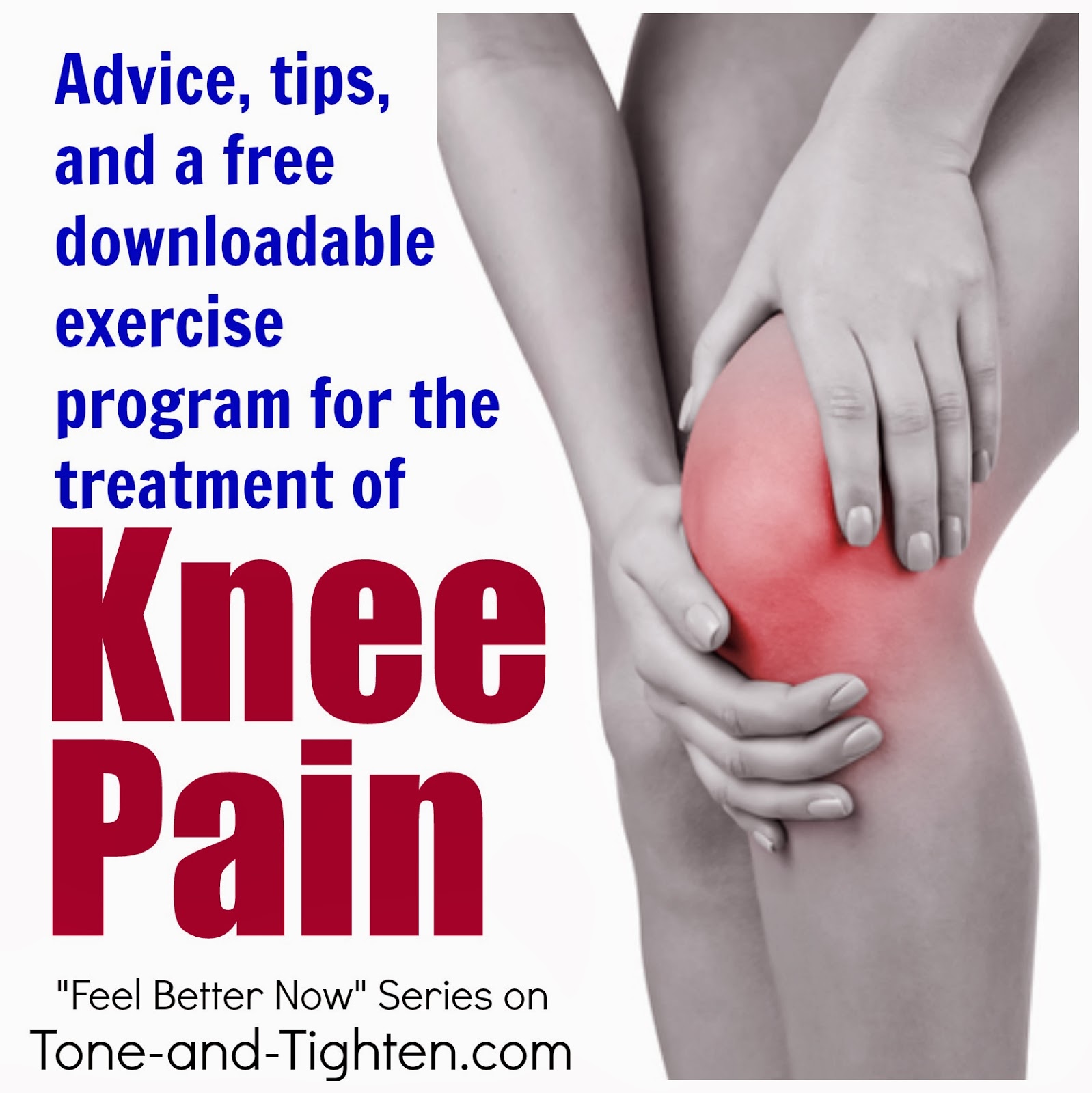We’ve all experienced it before. Maybe it was after a long run. Maybe it was after a heavy leg day the gym. Maybe even something as simple as going down the stairs can elicit this beast. Knee pain. No injury will sideline you faster from your activity than knee pain. These joints are so valuable to human movement that when they get painful almost all activity ceases. For this month’s “Feel Better Now“ series I wanted to discuss a specific type of knee pain that I encounter most often in the physical therapy clinic and share with you a few exercises that can help you eliminate your pain.
What is it? Patellofemoral pain is the description most physicians assign to pain that occurs in and around the patella (kneecap). This anterior knee pain most often occurs laterally (on the outside of the kneecap) and is often exacerbated with activity. Running and stairs are two of the primary culprits that increase pain in this area while rest and ice typically offer the most pain relief. It’s usually a gradual thing that comes on slowly over time as opposed to an accident or injury. In order to understand the treatment for this type of knee pain it is important to understand what causes it and why it’s there.
Why is it there? Patellofemoral pain is typically caused by the kneecap not moving correctly over the knee joint. This mechanical issue is typically caused by one or both of the following reasons:
1. An imbalance of forces pulling the kneecap: In order for the kneecap to ride properly over the knee joint, forces acting on it must be equal. Most instances of patellofemoral pain happen around the outside of the kneecap. In the majority of instances this pain can be attributed to tightness throughout the outside of the leg (especially the IT band) and weakness throughout the inner part of the leg (medial quad muscle). This imbalance in pulling forces causes the kneecap to ride incorrectly over the outside part of the femur during activity. This is what causes pain on the outside part of the knee joint.
2. Hip weakness: The other factors that can cause mechanical malalignment of the kneecap his hip weakness. When the hips aren’t strong enough to support the leg during an activity, this can create too great of an angle at the knne joint. Essentially the knee collapses to the inside during activity. This can likewise cause the same pathological rubbing of the kneecap on the outside part of the femur which causes pain.
hips aren’t strong enough to support the leg during an activity, this can create too great of an angle at the knne joint. Essentially the knee collapses to the inside during activity. This can likewise cause the same pathological rubbing of the kneecap on the outside part of the femur which causes pain.
 hips aren’t strong enough to support the leg during an activity, this can create too great of an angle at the knne joint. Essentially the knee collapses to the inside during activity. This can likewise cause the same pathological rubbing of the kneecap on the outside part of the femur which causes pain.
hips aren’t strong enough to support the leg during an activity, this can create too great of an angle at the knne joint. Essentially the knee collapses to the inside during activity. This can likewise cause the same pathological rubbing of the kneecap on the outside part of the femur which causes pain.
So what the heck do we do about it?: now that you’re familiar with what causes patellorfemoral pain, hopefully the solution will make more sense. In its very simplest form, the treatment for this knee pain is to stretch where is tight and strengthen where is weak. Any sort of stretching you can do to the lateral (outside) part of the thigh is a good thing. Combine that with strengthening to the hips and quads to improve kneecap alignment and you’re in business!
Need a little more guidance? Check out this FREE DOWNLOAD of my top 7 exercises that I recommend for the treatment of patellofemoral pain.
Patellofemoral Knee Pain Exercises
Click the picture to be taken to a downloadable image

Knee pain can be incredibly debilitating and super frustrating. If you are experiencing knee pain that interferes with your everyday life I do advise you to consult a medical professional to determine the most appropriate plan of care for your specific type of pain. The important thing to remember is that you can be proactive and do something about it! If you are experiencing patellofemoral pain you might try some of these exercises out! The results may very well surprise you!
Do you or does it someone you know experience low back pain?
(Doesn’t apply to anyone, I’m sure!)
Disclaimer: The information presented in the “Feel Better Now” series is designed to be used for informational purposes only. The diagnoses and treatment plans outlined are extremely generalized and may or may not be the recommended interventions for your specific problem. If you are experiencing pain, you are encouraged to consult a healthcare provider to determine the best treatment plan that will be in your individual best interest. Tone and Tighten claims exemption from accident, injury, or perpetuation of any injury incurred while performing exercises found on this website. The user assumes all risk… and reward!!
Make it happen,
Jared

By Jared Beckstrand



